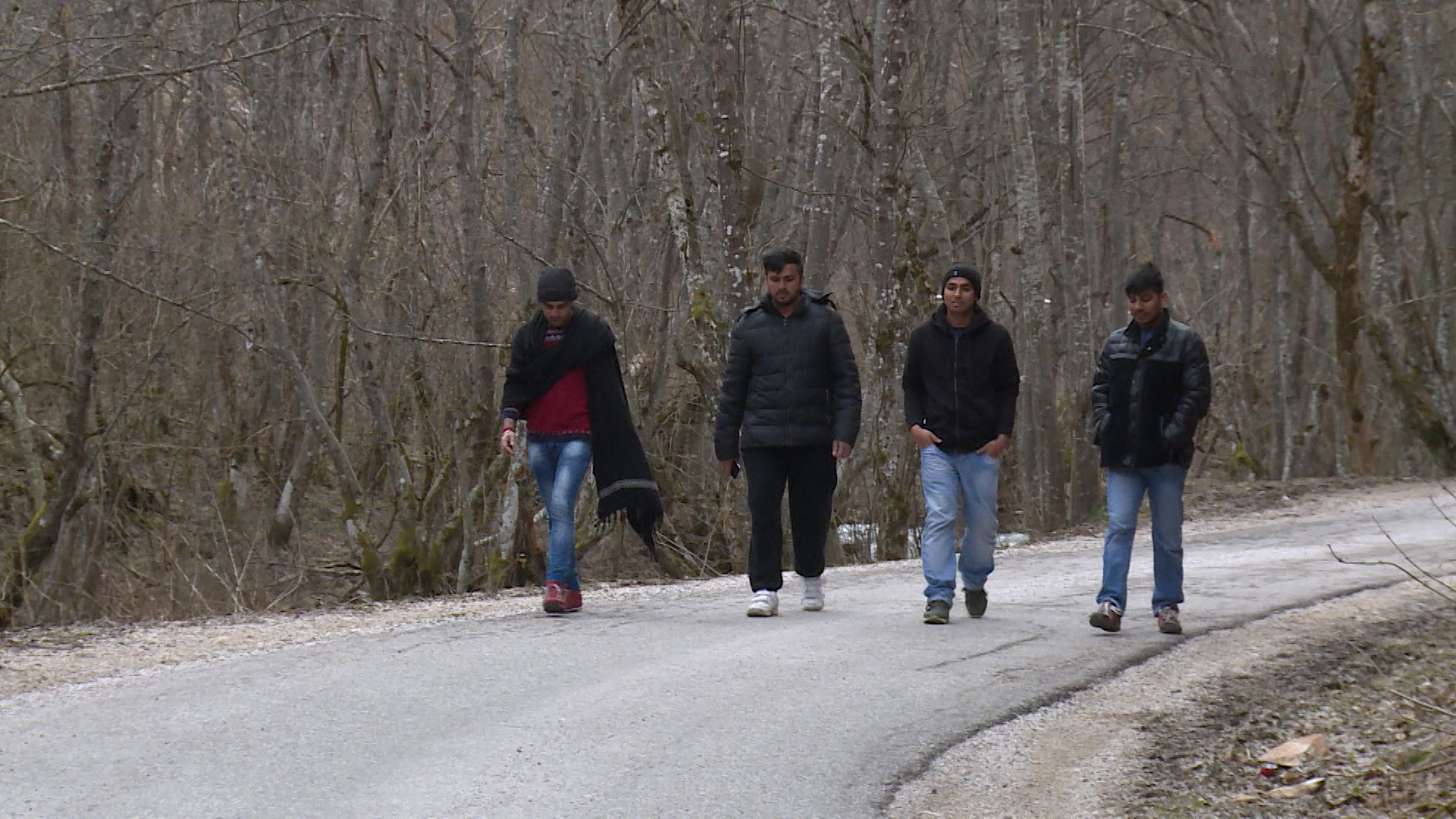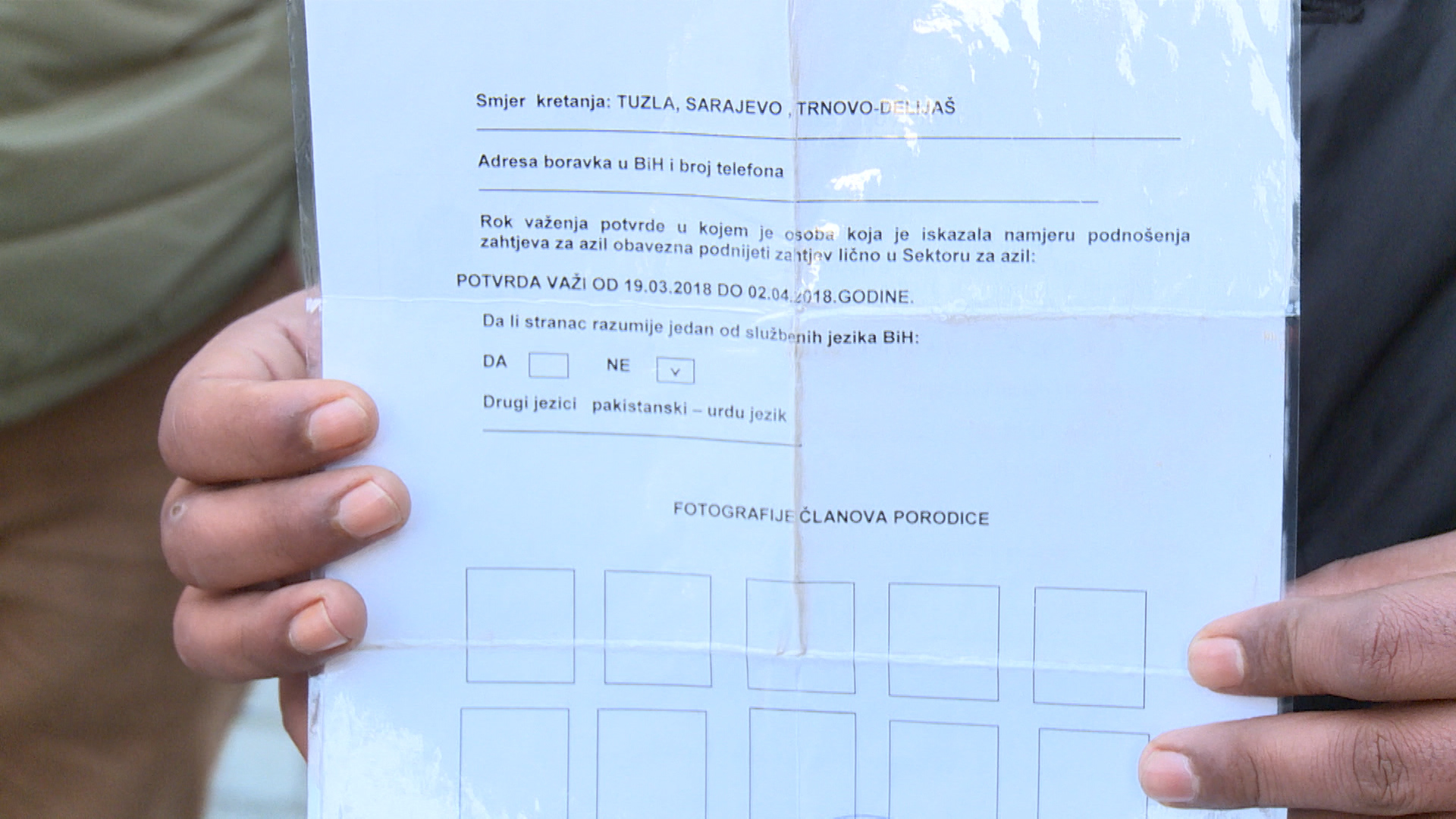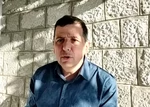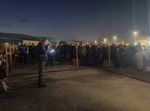
Hundreds of thousands of migrants passed through the so-called Balkan route during 2015, trying to reach one of the western countries. Bosnia never was a part of that route, but after it closed in March 2016, migrants started searching for new paths from Greece via Montenegro, Albania or Serbia, and now Bosnia, to the western world.
Migrants mostly have no intention to stay in Bosnia and they use it as a temporary stop to their final destination – the western countries. According to the Bosnia and Herzegovina's Border Police, the number of migrants passing through the country has significantly increased during the first three months of 2018. There were 812 of them, ten times more than in the same period of 2018.
It is estimated that some 50,000 migrants are currently in between Greek islands and BiH. Despite that, state institutions in charge say there is no room for panic and that Bosnia is not facing a migrant crisis.
The International Organization for Migrations (IOM) in BiH forecasts that no more than 200 migrants per month should be seen in the country. According to the Bosnia's Border Police, migrants mostly come from Syria, they have no personal documents and all official information is based on their statements.
Besides Syria, migrants also come from Libya, Pakistan, Palestine, Bangladesh, etc., while some say they come from north-African countries, escaping bad economic situation. According to the international law, those persons cannot be considered refugees; only a person escaping violence, conflicts or extortion, and needs international protection, can gain status of a refugee.
Migrants usually avoid border crossings, and they enter Bosnia via unofficial roads – which is illegal. The Border Police returns one part of migrants, part of them are found on Bosnia's territory or while they cross the border. Those who are not returned need to express intention for asylum seeking and competent bodies later determine if their request is grounded.
Migrants receive a confirmation of their intention, and this document should contain their photo, date of entry in Bosnia, name, surname and their country of origin. This document is valid for two weeks, and they are then supposed to officially request the asylum. One single request is being processed for up to four months, but most of them are never finalized because many migrants leave Bosnia during the procedure. Of 340 asylum requests in 2018, the procedure has been halted for more than 240 of them.

There are many issues that Bosnia is coping with during these procedures. One of them is lack of some 600 Border Police officers. Another huge issue is lack of accommodation capacities. Bosnia has one migrant centre in Trnovo municipality, which can take some 150 persons only.
The UNHCR took care of some additional capacities, so many migrants find a temporary shelter at private houses or hostels. Migrants without an address have no right to seek asylum, and after the two-week deadline upon their entry expires, they practically become illegal.
State administration is also burdened with increasing number of asylum seekers, so the UNHCR has opened an additional centre in Sarajevo, where they can request asylum. Besides that, many migrants need healthcare, so the IOM is trying to secure it for them.
It is hard to estimate how much this current situation costs Bosnia, but one day stay at a migrant camp for one persons costs BAM 60. Owing to readmission agreement, which Bosnia signed with neighbourly countries, more than 200 migrants were returned from Bosnia in the first months of 2018.
At the same time, Croatia is already returning irregular migrants to Bosnia. Some 130 of them were returned in the first three months of 2018.
Migrants do not pose a security threat, and although there are many single men among them, there is a lot more of families with children and sensitive categories of people who need help.
Kakvo je tvoje mišljenje o ovome?
Učestvuj u diskusiji ili pročitaj komentare





 Srbija
Srbija
 Hrvatska
Hrvatska
 Slovenija
Slovenija



























































